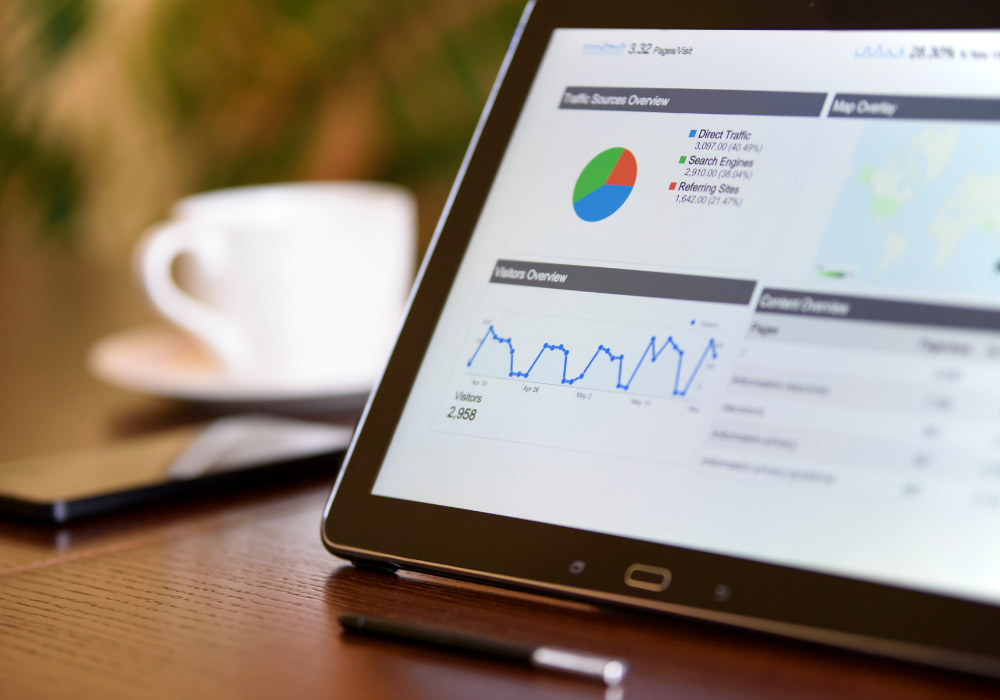By Sara Roa, Strategic Marketing & PR Manager
Your website is home base. It’s the first place people visit when they hear about your company and it must create a positive, lasting impression. Many businesses get fixated on general website metrics, such as overall traffic and number of page visits. But as a B2B company, it’s important to understand how all Google Analytics metrics are performing so you know that you’re driving the right audience to your website and are learning what it takes to convert those visitors into tangible leads. Here are five website metrics you should be measuring:
- Bounce rate
Bounce rate is a telling performance indicator. This is the percentage of single-page visits on your website—meaning, those visitors who left your site from the entrance page (homepage or other) without any further interaction. If your bounce rate is very high, say more than 60-70 percent, visitors aren’t finding what they want on your website. A bounce rate lower than 60 percent generally means they’ve found your company for the right reasons. Blog pages tend to have higher bounce rates due to visitor intent, meaning some visitors will come to your site specifically to read a single blog post then leave after they’ve finished. Optimizing your web pages with relevant keywords and targeted content will help your company lower its bounce rate and keep visitors on your site longer.
- Average session duration
When visitors come to your site, you want them to be engaged and stay a while, ultimately converting into a lead. Average session duration shows you the average length of time people are spending on your website. For B2B companies, aiming for an average session duration of at least two minutes is ideal. The longer your visitors spend on your site, the better your content is performing.
- Pages per session
Once a visitor comes to your website, are they exploring other pages to learn more about your products and services? Or are they coming to your homepage, reading a little, and leaving? Pages per session shows you the average number of pages viewed during a single website visit. It’s important to remember that the majority of your company’s core information lives beyond your homepage, so you want to be sure people are reading more. Easy-to-use navigation features and strategically placed content on your homepage are critical to helping lead your visitors to those more in-depth interior pages.
- Organic traffic
This is a fundamental metric to measure when doing any type of website optimization and SEO. Organic traffic represents the number of visitors who are finding your site from search engine results, via Google or Bing. There are other channels you can measure such as direct, referral, and social. But organic traffic helps your company see how successful your keywords are performing and helps you determine if you need to adjust your SEO content strategy.
- Conversion rate
Now that someone is engaged on your website, you want them to act. Conversion rate is the percentage of site visitors who took actual action. This could be filling out a form to request a consultation, joining your mailing list, or downloading an e-book. Conversion rates are reflective of interest in your company and are critical to prospecting for B2B companies.
The world of Google Analytics can be a daunting place. While measuring overall website traffic is important, B2B companies must dig deeper, determining who is visiting your website, how they’re engaging, and what it takes to get them to take action. To learn more about how your company’s website is performing, please contact us today.









